
SEACOAST OF BOHEMIA: A Brief History of Theatre in Hoboken
story by Melissa Abernathy
images courtesy of the Hoboken Historical Museum
Like a handsome face with a gap-toothed smile, Hoboken’s charming 19th century streetscape is marred by the occasional empty parking lot or utilitarian mid-20th century building. Consider the east side of the 600 block of Washington Street, the southeast corner of Washington and Newark Streets, or the police station and parking lot on the 100 block of Hudson Street: These jarring exceptions to the prevailing architectural style are traces of a once-vibrant theater scene in the Mile Square City.
From the late 1800s through early 1900s, prosperous Hoboken supported dozens of local theaters, variety halls and, after the turn of the century, movie houses—not only on Washington and Hudson Streets, but scattered through out the city. While many venues changed hands through the years, they drew capacity crowds to enjoy live entertainment, from low-brow burlesque to high-brow drama and light opera, according to news clippings from the time.

The Fabian, on Washington & Newark
This success came despite Hoboken’s proximity to New York, the world capital of theater, easily reached by ferry, and, after 1907, by Path train. Distinguished performers visited the German Gardens at 118 Hudson Street, the Union Club at 600 Hudson, and the Fabian, which hosted vaudeville and variety shows as well as movies, from 1928 until the mid-1960s, at the corner of Washington and Newark Streets, now occupied by a drugstore.

Bishop Theater at 106 First Street
Some of the theater halls are still standing, but have been converted to other uses, such as the former Bishop movie theater (from 1912-circa 1934, later the Europa Theatre until 1940), at 106 First Street, which is now familiar to fans of a good pint of Guinness as The Shannon Lounge. Another example is the Odd Fellows Hall at 412-414 Washington Street, which was expanded and converted into a department store, now residential building over a retail space.
Dive into the Hoboken Historical Museum’s online collections using the keyword “theatre” in quotes, and you will unearth a treasure trove of material on a wide range of live entertainment options, from low- to high-brow, that typical Hobokenites enjoyed in the days before televisions and computer screens.
The subject is so rich, in fact, that it was the focus of the second exhibit ever curated by the newly formed Hoboken Historical Museum. Founded in 1986, the Museum had no physical location of its own, so it used display cases in City Hall. In November 1987, it opened “The History of Theatre, Vaudeville and Movies in Hoboken,” made possible through a generous grant from the New Jersey Historical Commission, and accompanied by a 48-page pamphlet researched and written by Museum founder and exhibit curator, Jim Hans.
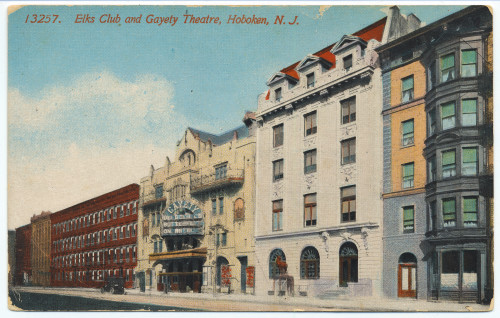
The Gayety, at 1013-19 Washington (now the Hoboken Elks)
The booklet traces the origins of Hoboken’s theater scene to the wide expanse of the Elysian Fields between 1820 and 1850, when Hoboken was a popular resort destination for New Yorkers, who arrived by the thousands on ferries for an afternoon of strolling up the River Walk, enjoying the spring waters of Sybil’s Cave, before arriving at the wide grassy field bordered by a neoclassical-style colonnade for watching a sporting event or a dramatic outdoor spectacular, including a “Wild Buffalo Hunt,” organized by none other than P.T. Barnum in 1843. The Museum is recreating this colorful period at its annual spring fundraising party and live auction, “Elysian Fields Escapade: A Victorian Romp,” on May 14 at the Hoboken Elks Lodge.
In 1829, Hoboken was little more than a picturesque village of about 400-500 inhabitants clustered along what would become Washington Street. The Elysian Fields, Sybil’s Cave and River Walk were a clever promotional scheme devised by the Stevens family’s ferry and land development companies to drum up a steady stream of visitors and future residents.
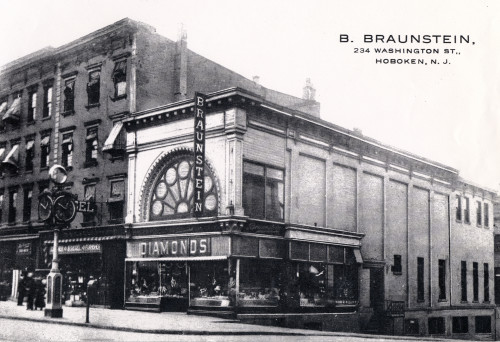
Braunstein Theatre, at 234 Washington
In the early days, in addition to early baseball games and cricket matches, the Elysian Fields hosted touring companies of variety acts, including acrobats, dancing dogs, bands with vocalists and dancers, and a new style of comic theater known as vaudeville.
In the 1840s, these types of entertainers moved indoors to a growing number of public houses and hotels that were opening to welcome the waves of European immigrants flowing off the ocean liners docking at Hoboken’s piers in the mid- to late-1880s. Best known in the day were the “Otto Cottage,” which opened on the southeast corner of First and Hudson Streets in 1844, and Vauxhall Gardens at Fourth and Bloomfield Streets. Both hosted dramas in English and German, earning write-ups in New York drama periodicals.

Lyric Theatre, at 81-83 Hudson
Those immigrants who settled in Hoboken soon formed social clubs and civic organizations around shared cultural and sporting interests, with the more prosperous ones building clubhouses with performance spaces. Some are still standing, such as the Columbia Club, built in 1892, at 11th and Bloomfield Sts., while others were replaced by buildings that pay homage to the original, such as the Deutscher Club, organized in 1857 and later renamed the Union Club, at 6th and Hudson Sts.
Some of these grand buildings have vanished, like that of the Quartette Club, for music enthusiasts, whose building just north of the Elks Lodge was later expanded into a large theater called the Gayety in 1907, which hosted stock theater, vaudeville and burlesque performances until World War I, and reopened from 1919 to 1924 as the Strand for burlesque and motion pictures. It was demolished in 1931 and replaced by a Tudor-style apartment building.
The first purpose-built theater space was the Germania Garden, built around 1865 at 118 Hudson Street (now the municipal police headquarters). This popular theater was later called by the names of its various owners, Weber’s Germania Theatre (1871) and Wareing’s in 1881. From the beginning, this theater hosted stage productions, musical performances and vaudeville acts.
The Germania’s productions were quite popular, generating an early version of “Missed Connections,” as in this notice that ran in the Hoboken Advertiser: “Please advertise for me, and this is for a certain gentleman that was there last Monday evening, he wore a Plug hat, a Drab over coat or ulster, who bowed to the Lady up in the gallery over his head, and if that gentleman should chance to read this, please advertise in this paper his address,” signed Miss I.S., Hoboken.

Rialto, at 118 Hudson
By 1886, Robert Wareing opened a New Opera House at 79 – 83 Hudson St., which would later be called the Hoboken Theatre or Cronheim’s Hoboken Theater, and then the Lyric. Many famous performers graced the Lyric stage until the 1940s, including Lillie Langtry, “the Jersey Lily”; George Burns and Gracie Allen; and Jack Benny, but by the mid-1940s, the theater was demolished, and sat for many years as a parking lot, replaced in the early 2000s by a modern office building whose street front bears a faint resemblance to the original.
Hoboken’s popularity with New Yorkers was due at least in part to a lax enforcement of Sunday liquor laws in Hoboken, during a period when they were more widely enforced in Manhattan. A New York Times article in February 1890 put it: “To the thirsty person who exhausts his energies in looking for side doors in New York, it [Hoboken] is a hilariously joyous place. Such a person doesn’t have to go hunting around for drawn window blinds and a solemn front to be sure of getting into a saloon… All he has to do is look for a lager beer sign and go in under it.”
In 1895, the Germania took the name Bijou Theatre, then briefly the Star, then from about 1902 to 1921 it was the Empire Theatre, when it hosted everything from vaudeville and burlesque to stage productions and stock theater, and even motion pictures. In 1928, a bon vivant from New York, Christopher Morley, discovered Hoboken’s theater scene and dubbed it the “Seacoast of Bohemia,” in several light-hearted articles in the New Yorker and other magazines. He and a couple of partners took over the Empire and renamed it the Rialto, putting on stage productions, light opera, stock theater and more until about 1959.

Inside the Fabian
Hoboken’s largest theater took up nine average-size lots at the corner of Newark and Washington Streets. The 3,500-seat Fabian Theatre opened August 2, 1928, hosting first-run motion pictures and live appearances by many local entertainers, including the young Frank Sinatra. James Cagney was said to have appeared on the Fabian stage as well, in his early days as a hoofer. The Fabian was the last theatre in Hoboken to close, lasting until around 1964-65.
There were many smaller theaters and cinemas sprinked throughout Hoboken’s neighborhoods. A map showing their locations and more juicy tidbits about the thriving theater scene are available on the Museum’s website in a PDF version of the full three-part booklet from the 1987 exhibition. Visit the Museum’s website, www.hobokenmuseum.org, and look for the online collections page under the history tab.

Empire Theatre, at 118 Hudson

 Previous Article
Previous Article Next Article
Next Article FRIDAYS ARE FOR FRANK: Chairman of the Board & the Duke of Edinburgh
FRIDAYS ARE FOR FRANK: Chairman of the Board & the Duke of Edinburgh  FRIDAYS ARE FOR FRANK: “Me & My Shadow” (feat. Sammy Davis, Jr.)
FRIDAYS ARE FOR FRANK: “Me & My Shadow” (feat. Sammy Davis, Jr.)  RING-A-DING-DING: It’s Frank Sinatra’s Birthday, Baby!!!
RING-A-DING-DING: It’s Frank Sinatra’s Birthday, Baby!!!  “Every Mask a Blank Canvas” — Hoboken Historical Museum Announces Winners of COVID-19 Art Competition
“Every Mask a Blank Canvas” — Hoboken Historical Museum Announces Winners of COVID-19 Art Competition  EDITORIAL: When You Go To The Beach | John P. Carey, Commander — Hoboken American Legion Post 107
EDITORIAL: When You Go To The Beach | John P. Carey, Commander — Hoboken American Legion Post 107 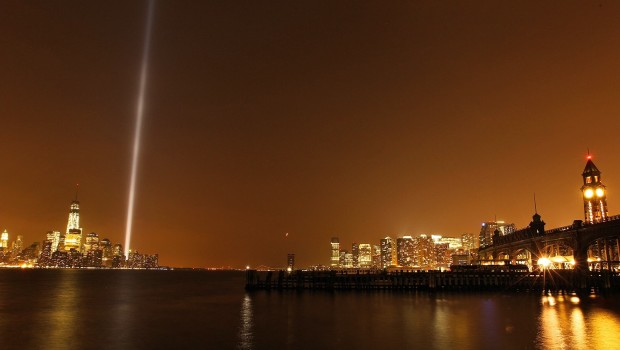 September 11, 2001 — the Hoboken Community Remembers
September 11, 2001 — the Hoboken Community Remembers 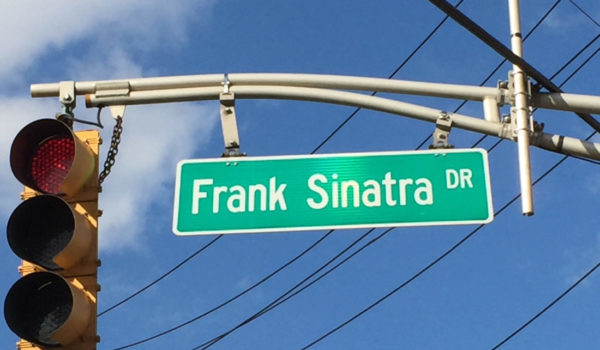 FRIDAYS ARE FOR FRANK: “Walking In The Sunshine” — Sinatra Summer Streets Returns, August 11th & 25th
FRIDAYS ARE FOR FRANK: “Walking In The Sunshine” — Sinatra Summer Streets Returns, August 11th & 25th 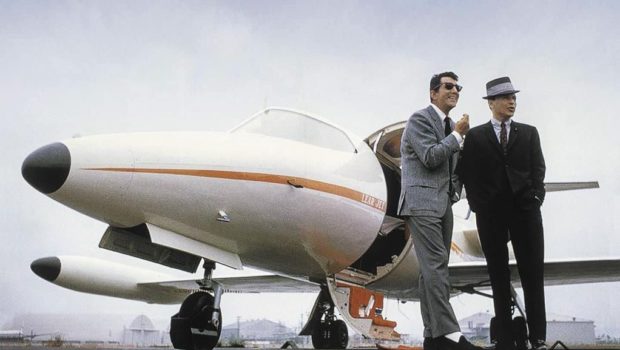 FRIDAYS ARE FOR FRANK: “On A Clear Day (You Can See Forever)”
FRIDAYS ARE FOR FRANK: “On A Clear Day (You Can See Forever)”